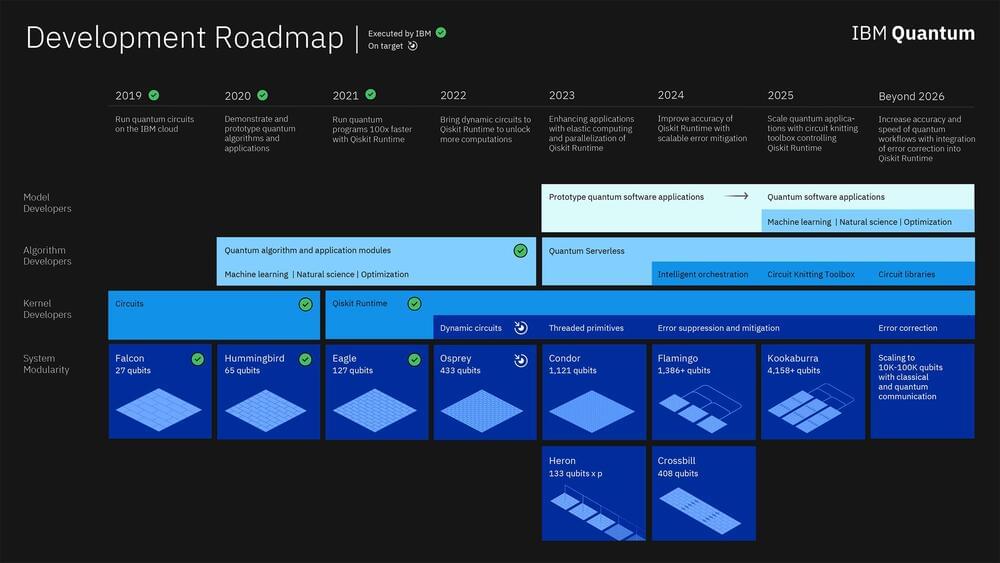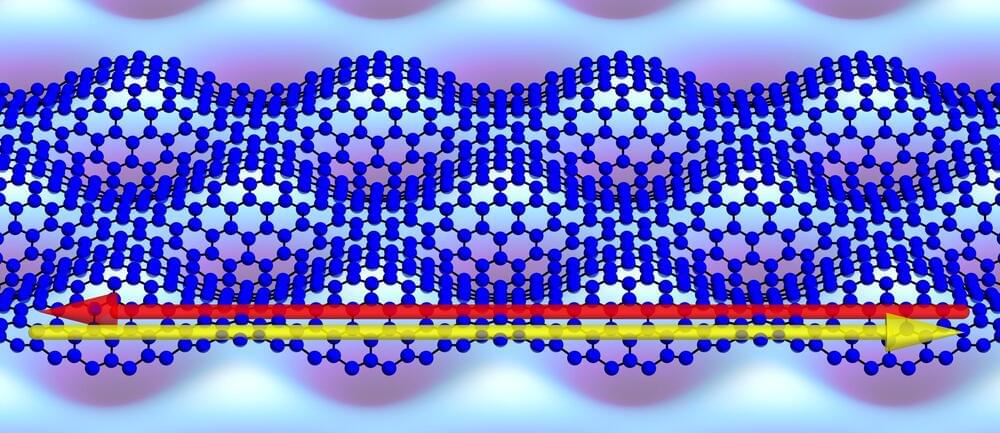
We’re excited to present an update to the IBM Quantum roadmap, and our plan to weave quantum processors, CPUs, and GPUs into a compute fabric capable of solving problems beyond the scope of classical resources.
Two years ago, we issued our first draft of that map to take our first steps: our ambitious three-year plan to develop quantum computing technology, called our development roadmap. Since then, our exploration has revealed new discoveries, gaining us insights that have allowed us to refine that map and travel even further than we’d planned. Today, we’re excited to present to you an update to that map: our plan to weave quantum processors, CPUs, and GPUs into a compute fabric capable of solving problems beyond the scope of classical resources alone.
Our goal is to build quantum-centric supercomputers. The quantum-centric supercomputer will incorporate quantum processors, classical processors, quantum communication networks, and classical networks, all working together to completely transform how we compute. In order to do so, we need to solve the challenge of scaling quantum processors, develop a runtime environment for providing quantum calculations with increased speed and quality, and introduce a serverless programming model to allow quantum and classical processors to work together frictionlessly.
Continue reading “Expanding the IBM Quantum Roadmap to anticipate the future of quantum-centric supercomputing” »


















